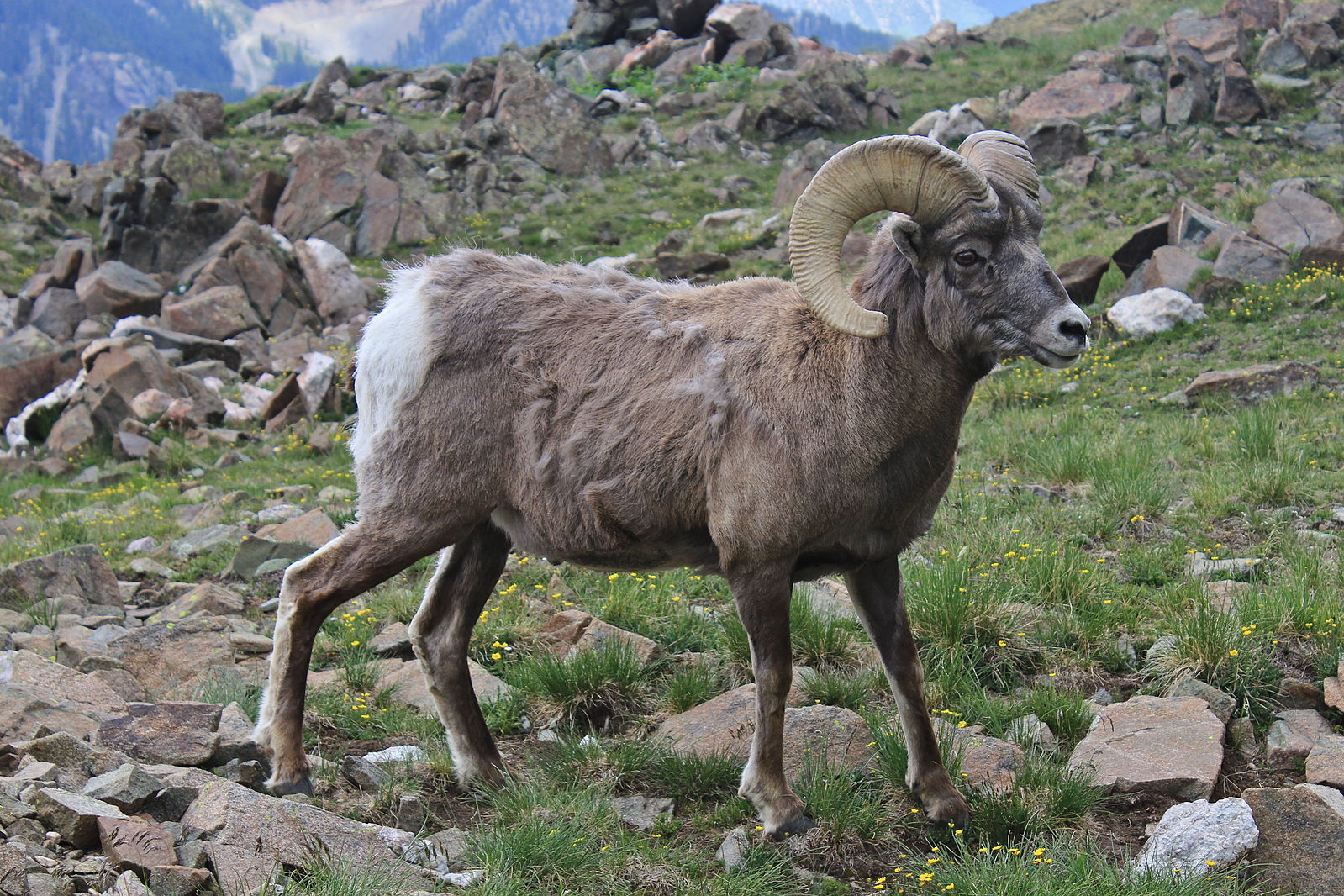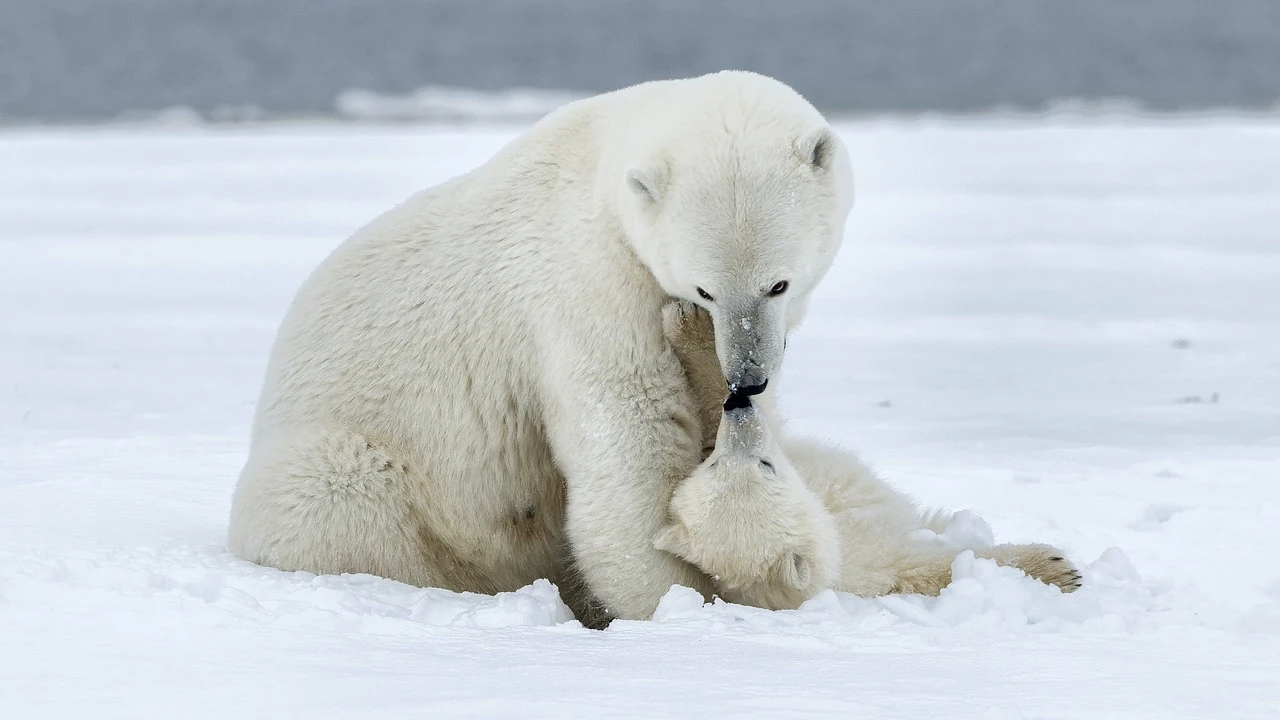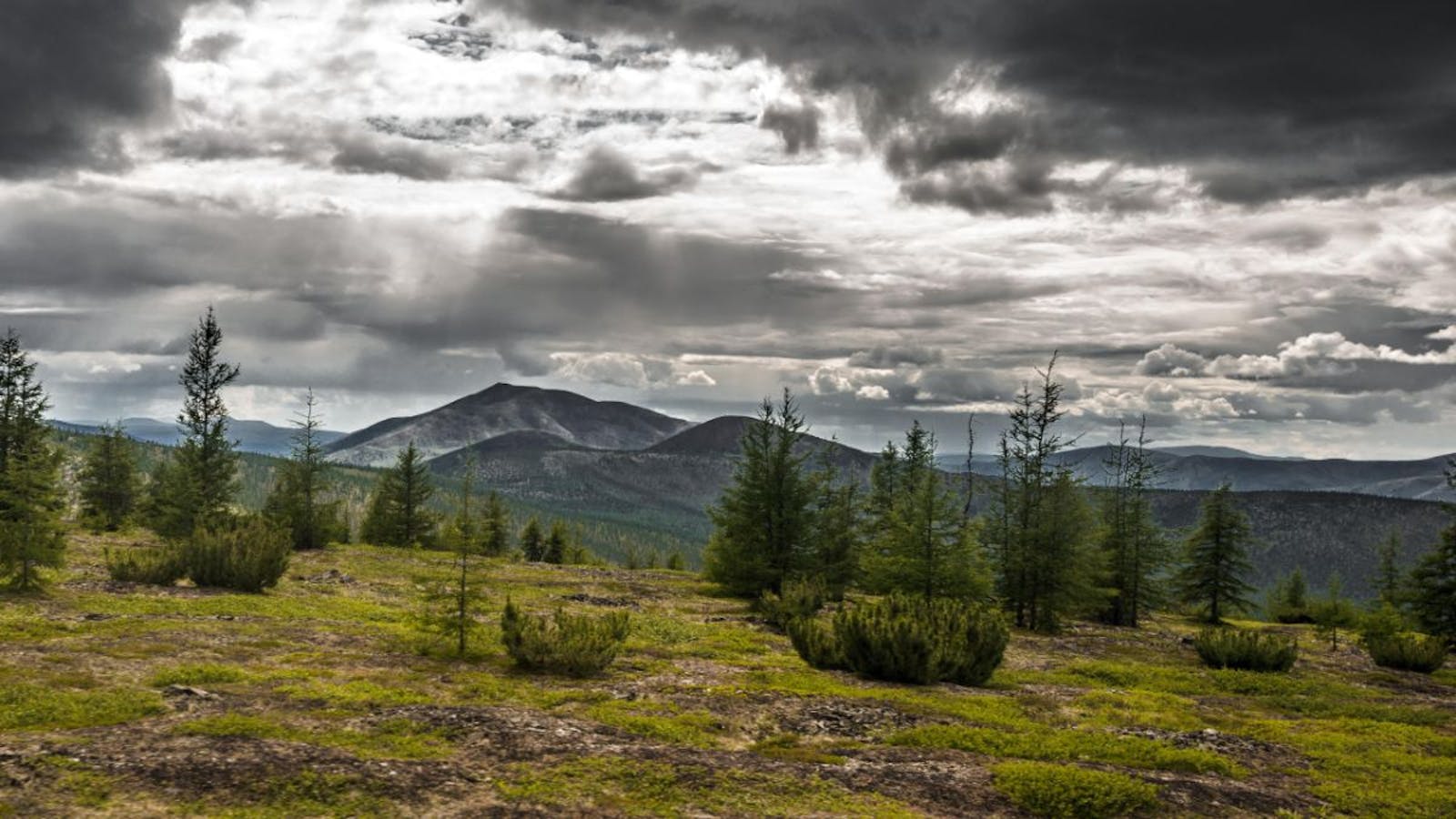Chukchi Peninsula Tundra
The ecoregion’s land area is provided in units of 1,000 hectares. The conservation target is the Global Safety Net (GSN1) area for the given ecoregion. The protection level indicates the percentage of the GSN goal that is currently protected on a scale of 0-10. N/A means data is not available at this time.
Bioregion: East Eurasian Coastal Tundra (PA5)
Realm: Subarctic Eurasia
Ecoregion Size (1000 ha):
29,899
Ecoregion ID:
772
Conservation Target:
89%
Protection Level:
1
States: Russia
Surrounded by ice-covered sea, the Chukchi Peninsula Tundra ecoregion has a surprisingly complex mixture of vegetation, from relict redcurrant bushes near hot springs, to flowery wet meadows, to lichen-dominated mountain tundra. Polar bears give birth to their tiny young, tucked away in snow dens, and Arctic fox hunt lemmings amongst the low tundra shrubs.
This ecoregion stretches from the Kolyma rivermouth to Cape Dezhnev, the easternmost point of mainland Asia. Areas of lowland are divided by mountains, for example the Rauchuanskiy, Chukotka, and Anyuskiy ranges. Coastal areas form part of the ancient Beringia region (ecosystems found on the U.S. and Russian sides of the Bering Strait) and was a hotbed for species formation during the glacial and interglacial periods.

The flagship species of the Chukchi Peninsula Tundra ecoregion is the Siberian bighorn sheep. Image credit: Jwanamaker, Creative Commons
Influenced by the surrounding seas, the weather is unstable with strong, cold, northerly winds that quickly shift to southerly, wet storms. Ice covers the seas most of the year. The average annual temperature is about -13°C, average monthly temperatures are -30.5–10.1°C and an average of only 170 mm precipitation falls per year. The entire ecoregion is subject to permafrost.
In the mountains, tundra is a low layer of pincushion plant, alpine azalea, alpine cranberry, eight-petal mountain-avens, and netleaf willow, with moss (Racomitrium, Polytrichum species) and lichen (Cladina, Cladonia, Cetraria species). On upper slopes, lichen tundra dominates, mostly Cladina species. Coastline between the Kolyma River and Kolyuchinskaya Bay is covered by Arctic tundra, with dwarf birch, Rhododendron tomentosum, bog bilberry, hare-tail cotton-grass, darkbrown sedge, mountain avens, sphagnum mosses, and Cladonia lichens.
River mouths have wet meadows with marsh cinquefoil, capitate valerian, and Labrador lousewort. Siberian alder, tealeaf willow, and horsetails grow on riverbanks and floodplains. There are ridged polygonal mires with bog rosemary and alpine bearberry. Hot springs are surrounded by plants from warmer climes and relict species such as common oak fern, European corn mint, northern groundcone, and redcurrant.
The Senyavin Straits region was a center of evolution of cold-resistant Beringian plants. Over 550 species are found, including Beringian endemics such as Arctic wormwood, Porsild's false candytuft, and Campanula tschuktschorum. It is also an Asian refuge for North American species, such as eastern balsam-poplar, mooseberry, and Alaskan phlox.

Polar bear mother and cub. Image credit: Creative Commons
Polar bears live here, giving birth in snow dens and hunting ringed seals. Arctic fox hunt the many small mammals. The populations of wild reindeer have increased since the decline in the number of herded reindeer, which they cannot coexist with. Snow sheep and Nearctic brown lemming live in the mountains, long-tailed duck breed in the ridged mires, snowy owls in lowland tundra, and endangered great knot in mountain tundra.
Stellar’s eider ducklings hatch in the Arctic tundra and are led to the coast by their mothers, where they form large groups. Beringian endemic emperor geese breed in the coastal saltmarsh. Freshwater tundra lakes and pools provide home to endemic water louse Asellus tshaunensis. The ecoregion provides important spawning grounds for dolly varden trout and least cisco.
Rapid industrialization of Chukotka in the 1970s brought mining and intensified prospecting for oil and gas. Settlements were erected and new roads were built. The use of heavy-tracked vehicles increased abruptly, scarring formerly pristine tundra areas. In 1995, the regional government created the Chaunskaya Guba Zakaznik, which remains the only protected area in this ecoregion.
Financing and creating protected areas is a continual issue. Goose and duck population declines can be traced to the opening of the Bilibino-Pevek highway across previously less accessible areas, which in turn has led to increased poaching. Overfishing, uncontrolled mining, illegal archeological excavation, and dumping of waste are all current threats.
The priority conservation actions for the next decade will be to: 1) expand protected area network into mountain and lowland tundra, and areas with endemic and relict species; 2) control and prevent poaching; and 3) prevent pollution and habitat loss due to mining and fossil fuel extraction.
Citations
- Joint Research Centre of the European Commission. 2019. The Digital Observatory for Protected Areas (DOPA) Explorer 4: Chukchi Peninsula tundra. [Online]. [Accessed 16th December 2019]. Available from: https://dopa-explorer.jrc.ec.europa.eu/ecoregion/81104
- Newell, J. 2004. The Russian Far East: a reference guide for conservation and development. 2nd ed. McKinleyville: Daniel & Daniel, Pub, Inc. pp. 283-312.
- Andreev, A.V. 2004. Wetlands in Russia, Volume 4: Wetlands in Northeastern Russia. Moscow: Wetlands International–Russia Programme.

.png?auto=compress%2Cformat&w=300)

